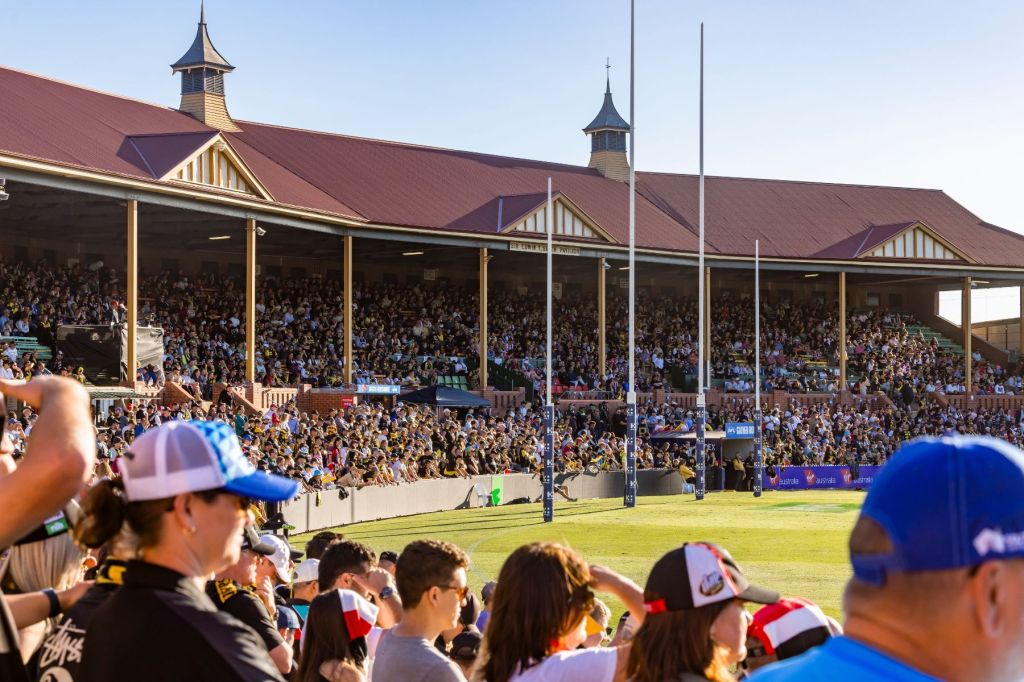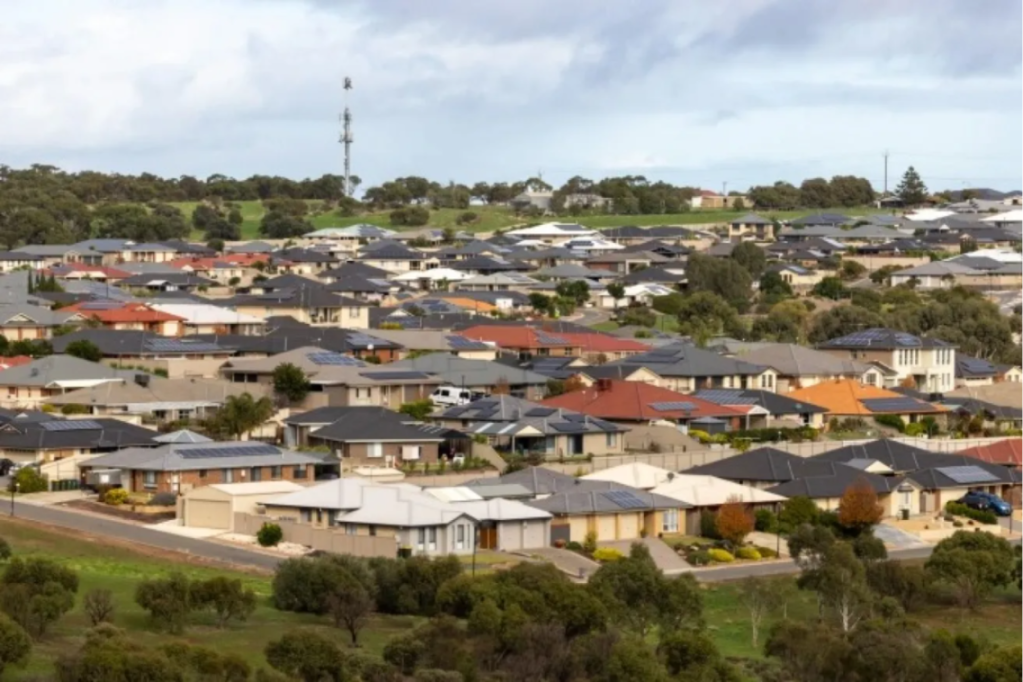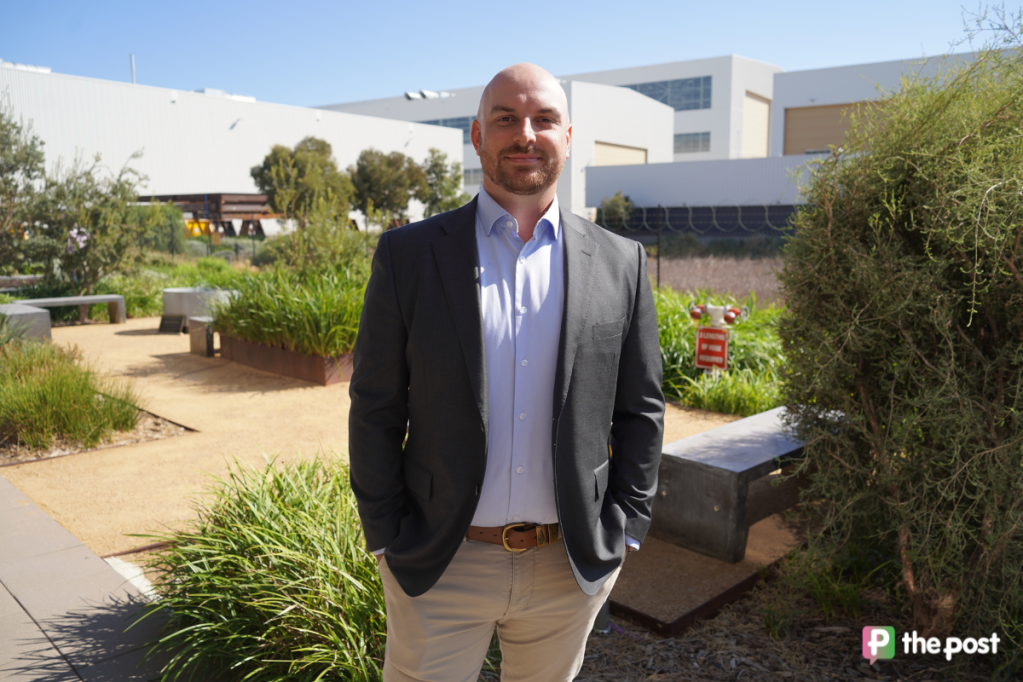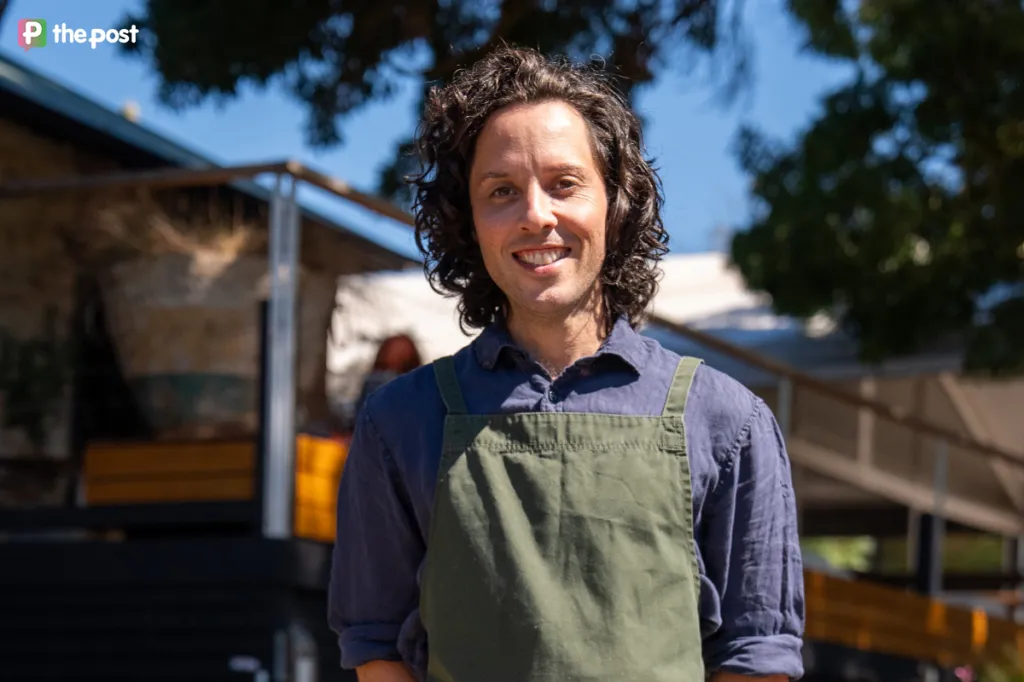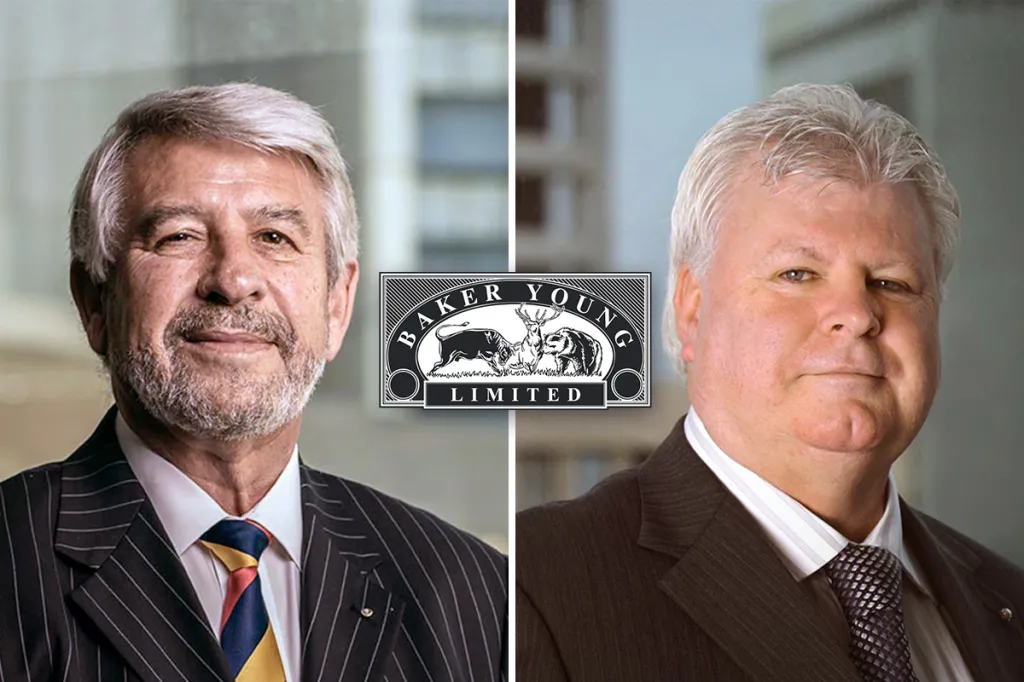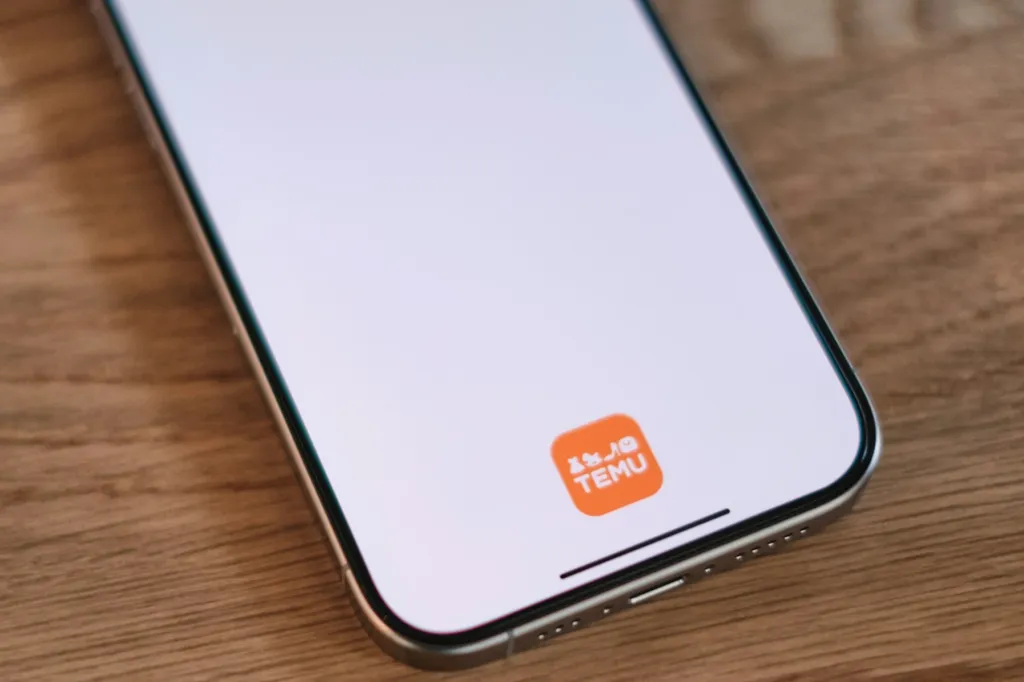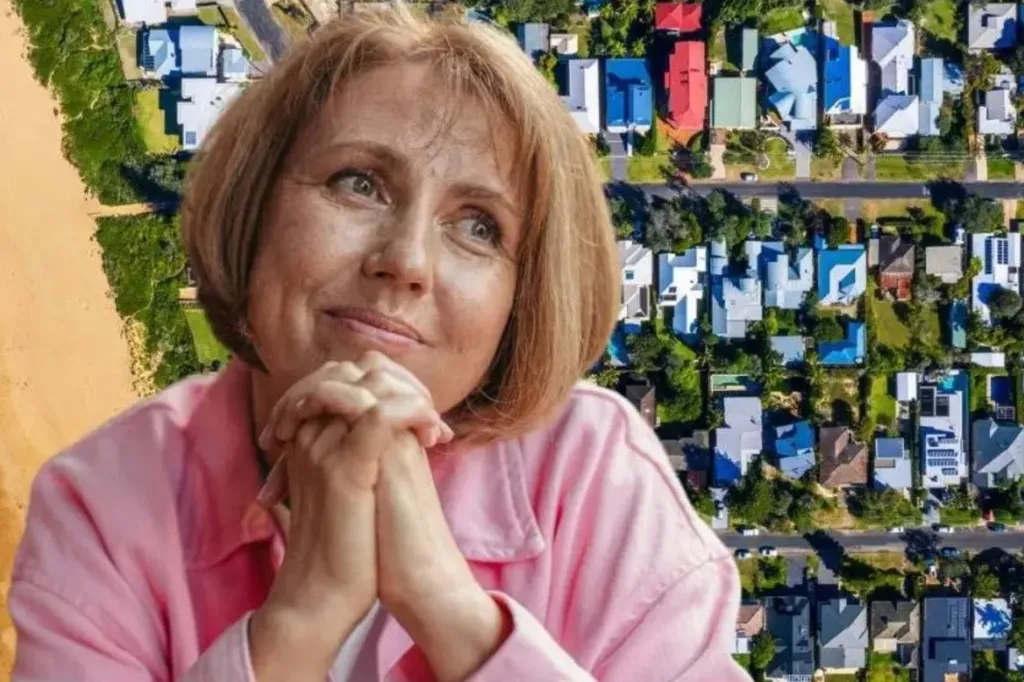The stark realities of being a working artist
The Arts Industry Council of South Australia’s report on the arts sector, released this week, highlights the industry’s biggest issues.
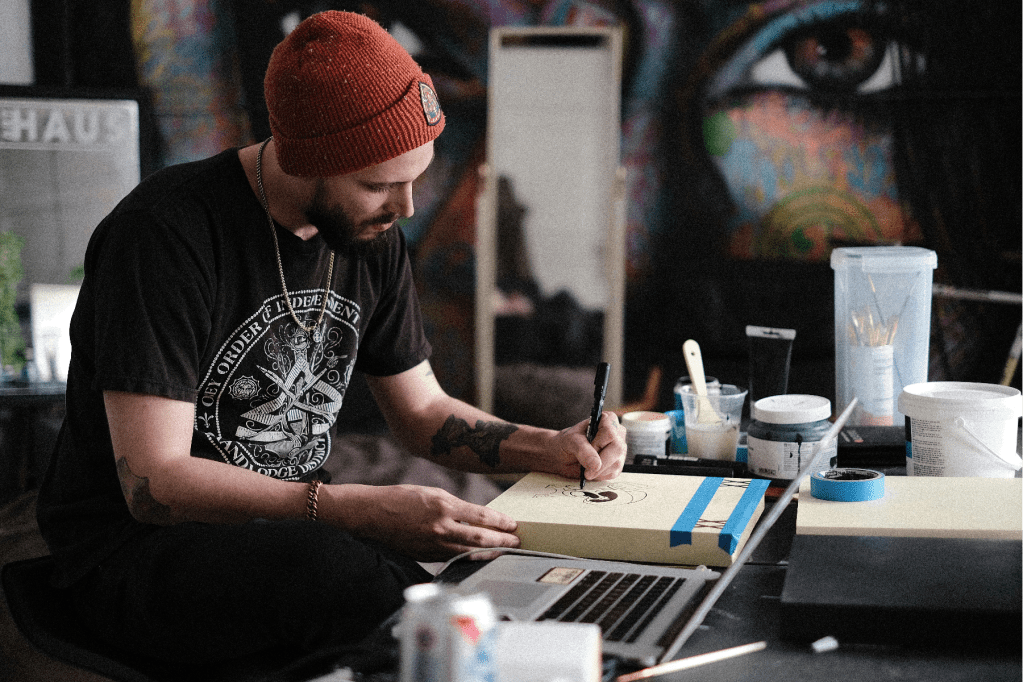
AICSA undertook a survey of South Australians in the arts industry, finding 39 per cent of respondents earn less than $40,000 annually, with 12.9 per cent saying they lost money from their art practice. Of the respondents, 63.7 per cent had been in the industry for a decade or more.
Over half said they struggled to pay for basic essentials at least monthly, with 41.2 per cent having to work another job on top of their arts work.
The music, visual arts, service organisation and museums, galleries and exhibitions sectors saw the highest proportion of respondents earning less than $20,000 annually.
There were 62 per cent of respondents who said their salary was not in line with the number of hours they worked.
“I work for an NFP and earn a significantly lower salary than what’s possible for similar private sector roles. There is no justification for this beyond ‘the sector is under resourced’ – which for me, doesn’t cut it,” one respondent said.
The 2022 National Arts Participation Survey from Creative Australia found 96 per cent of South Australian residents engaged with the arts, with 83 per cent acknowledging the “significant positive impact of the arts”.
However, recent research supported by Creative Australia saw Australian artists were just earning $23,200 annually from their core practice.
“Performing artists have been getting paid the same amount for the last 20 years on average,” one said.
“I’ve seen many friends in the arts burn out after 10 years as the prospect of getting paid minimum wage seems impossible, all the while they become addicted to alcohol due to every gig having free access to it.
“It’s a broken system where bookers, venues, managers, promoters all get a wage but artists are still expected to work long hours to improve their art form on virtually nothing.”
In the past six months, 36 per cent of respondents reported having been bullied at work.
Stay informed, daily
“Aboriginal arts workers are often having to work in culturally unsafe positions especially in the Museum and Gallery sector,” said one person.
“Aboriginal people are not supported to be promoted into leadership positions, we are often overlooked and on our own within teams or a whole workplace. We carry a Colonial (cultural) load, and bring knowledge and experiences that can be used with our voices but are often taken by white researchers.”
“There are no protections for freelance artists,” another respondent said.
“If I get injured there is no safety net, as my insurance only covers other [discipline] work already locked in (which it never is). It is a completely unsustainable way of living. I have had to fight for Super in addition to my contract pay.”
